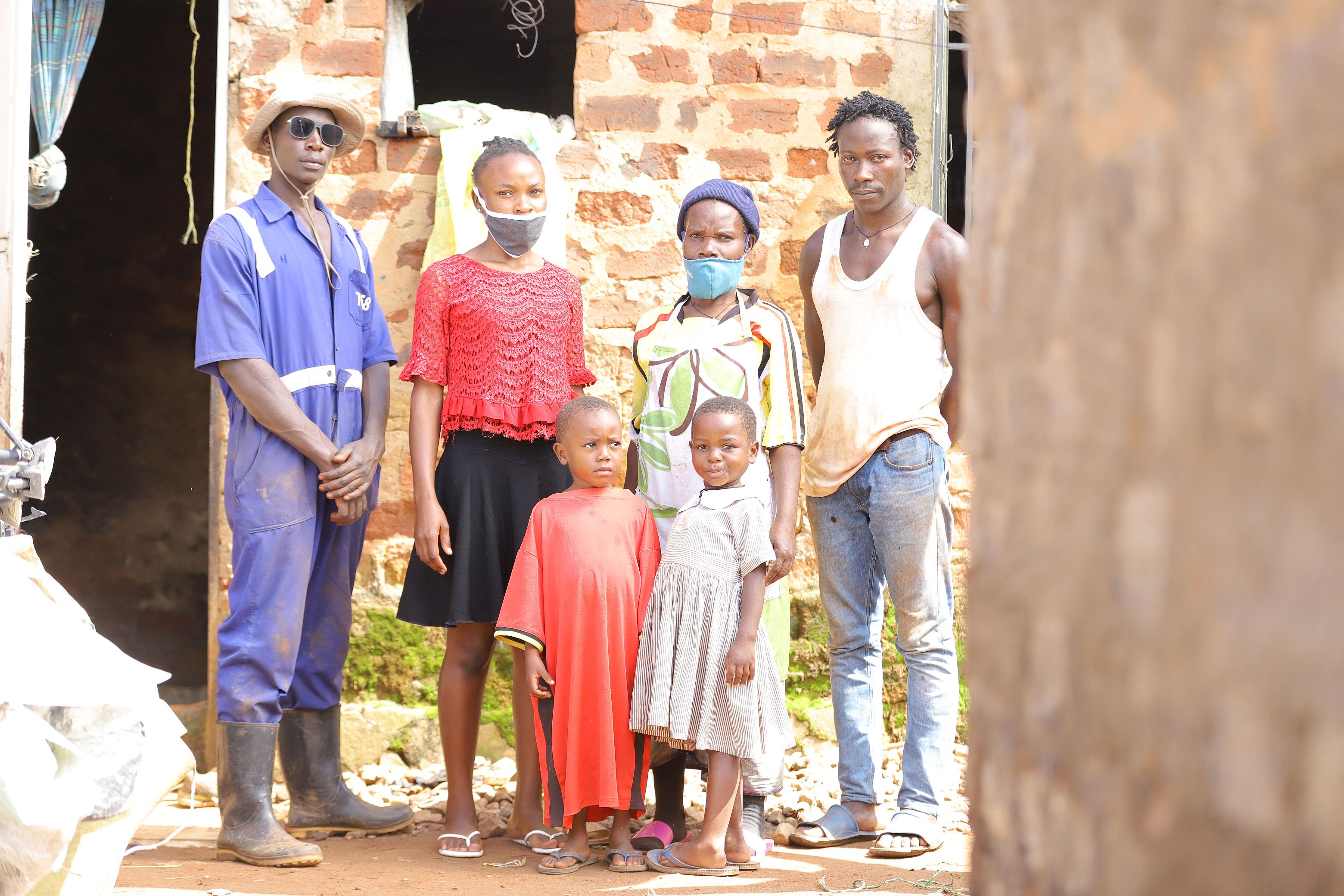- Who We Are
- How We Work
- Regional / Country Initiatives
- Legacy
- Core Themes
- Working Groups
- Portfolio & Results
- Newsroom
- Resources
Building Climate Resilience in Informal Settlements

Building Resilience to Climate Change In Informal Settlements
Approximately 1 billion people currently live in informal settlements, primarily in urban areas in low- and middle-income countries. Informal settlements are defined by poor-quality houses or shacks built outside formal laws and regulations. Most informal settlements lack piped water or adequate provision for sanitation, drainage, and public services. Many are on dangerous sites because their inhabitants have a higher chance of avoiding eviction.
This paper considers how to build resilience to the impacts of climate change in informal settlements. It focuses on informal settlements in cities in low- and middle-income countries and how these concentrate at-risk populations. This paper also reviews what is being done to address climate resilience in informal settlements. In particular, community- and city-government-led measures to upgrade settlements can enhance resilience to climate-change risks and serve vulnerable groups. It also discusses how the barriers to greater scale and effectiveness can be overcome, including with synergies with the Sustainable Development Goals.


